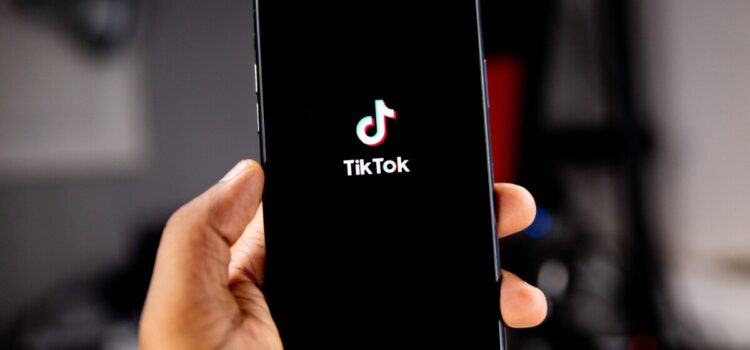

School board issues warning about TikTok challenge to slap teachers
NewsTorontoToronto Oct 14, 2021 Natashia Wynter

The Dufferin Peel Catholic District School Board (DPCDSB) has issued a warning against any students taking part in a new monthly TikTok challenge calling on students to slap a teacher.
The DPCDSB reminded students that taking part in this type of activity is acting against their code of conduct. Students participating in this trend will face disciplinary action.
Coura Niang is not surprised by this current social media-linked trend within the school system.
“Social media is the new cafeteria,” said Niang, President of the Ontario Association of Child and Youth Care (OACYC) and Professor at Humber College.
Niang points to developmental conflicts that students experience between the ages of 13 to 18 as a major factor in this type of behaviour.
“You are torn between identifying with the masses or being unique and being on your own,” Niang said.
Niang said that it is developmentally common for students to lean into their peer group or appreciate their peer groups more than their family.
Other experts agree. “Teens are very impressionable, and a big part of adolescence is conformity,” said Jonathon Bloomfield, teacher, instructor, and event coordinator for Black Boys Code’s Toronto chapter.
“You give them a mini version of fame or popularity, and you add that you are giving them an outlet to act on negative impulses. It’s a recipe for disaster,” Bloomfield said.
As a part of his learning strategy, Bloomfield had his students monitor their cell phone use and behaviour. Students were told to track their activity for a week and write down a one- or two-word description of how they spent their time.
“Students spent three to eight hours on their phone a day on social media,” Bloomfield said.
Bloomfield was startled at the results and asked the students an important question.
“Is this actually how you want to be spending your time?” Bloomfield asked them.
Bloomfield encouraged students to examine how they felt.
“Are you sleeping well? Do you feel motivated to get everything else done,” Bloomfield said.
Bloomfield has provided tips for students to create balance:
- Be mindful about how much time you are spending on your phone or your computer.
- Be mindful about how you feel when you are spending time on various platforms. Monitor if any negative feelings are coming up as you may want to consider doing another activity.
- Get outside! Make sure you take a break from screen time and get some fresh air.
Niang, meanwhile, has offered warning signs for parents to monitor.
“If you are noticing that your child is relying on social media activity to sort out their identity or figure out who they are. It is a signal that you have to look a little deeper,” said Niang.






